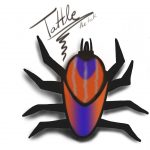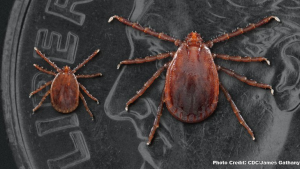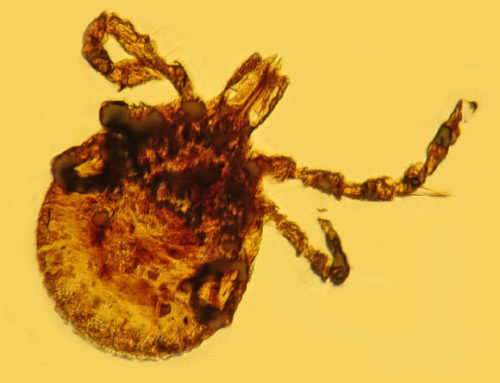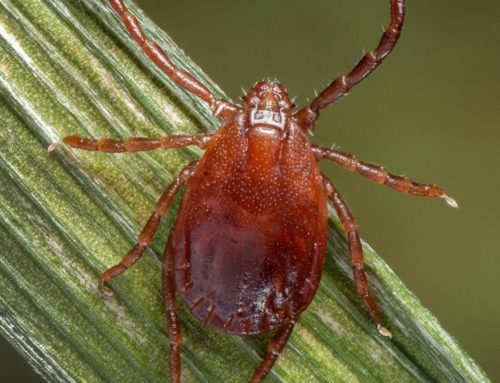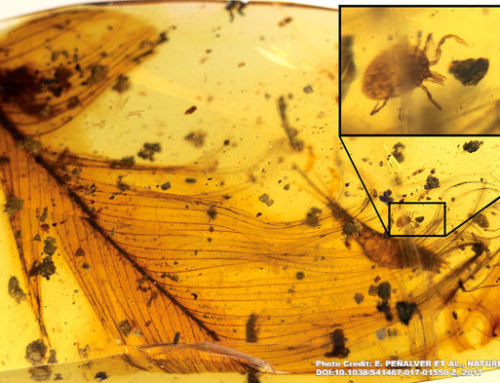Good morning readers,
Boy do I have a story for you. This past May, I went down to Tennessee to visit some friends and I had the opportunity to meet the infamous Asian longhorned tick. I got the chance to meet a couple hundred of them while I was looking for a meal. They like to swarm on animals and as I watched hundreds of them feed on a single deer nearby, I noticed something strange: they were all females (A swarming, exotic tick species is now living year round in N.J.).
Scientifically known as Haemaphysalis longicornis, the Asian longhorned tick was first discovered in New Jersey back in August 2017 (Beard et al. 2018). As the name suggests, these ticks are normally found in Asia, but they have recently settled into Tennessee. This makes the official total number of states they have spread to 11 (Asian longhorned tick found in East Tennessee). As a fellow tick, I find it odd that they swarm in vast numbers when they feed on hosts. Because they swarm a host animal, all of the blood that the animal loses to the ticks can cause it to become anemic and lose weight (Dellinger and Day 2018). If you can believe it, that’s not even the strangest part about the Asian longhorned tick.
Going back to my visit to Tennessee, after realizing that every single one of the ticks on the deer were females I did some research. Turns out, the Haemaphysalis longicornis tick can reproduce asexually meaning that they can produce offspring on their own without mating with a male (Beard et al. 2018).

Haemaphysalis longicornis current range and projected habitat suitability in North America. (Rochlin 2018)
To my human readers, proceed with caution. While there have been no documented records of these ticks spreading disease in the United States yet, they are known to spread concerning illnesses in other parts of the world (What you need to know about Asian longhorned ticks – A new tick in the United States). Also, the United States has a climate that is suitable for the Asian longhorned tick to thrive throughout most of the east and some parts of the western coast of the country (Rochlin 2018). This makes the Haemaphysalis longicornis tick a vector that is placed on high surveillance due to how suitable our country is for its establishment as well its ability to transmit diseases.
On the bright side, I did get to do some pretty interesting things while I was down in Tennessee, other than visit with the Asian longhorned tick. I had the opportunity to visit some Davy Crockett landmarks and even went to see the Great Smokey Mountains. In all, I would call it a pretty successful break from my everyday life.
See y’all next week,
Tattle the Tick
